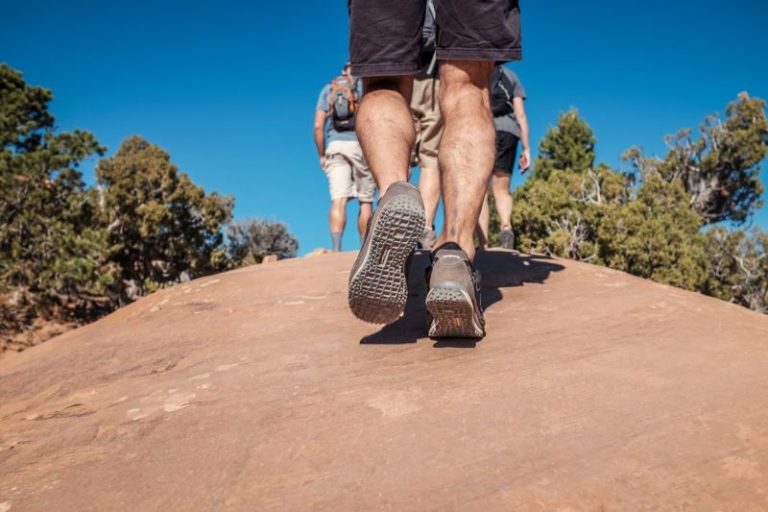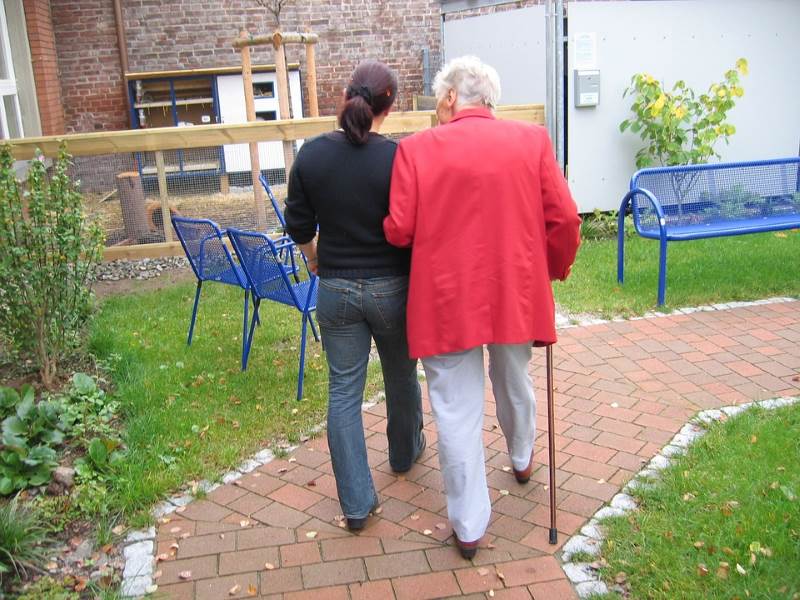ACL Rehabilitation
There are four main ligaments that provide stability of the knee joint – the medial and lateral collateral ligaments on either side of the knee, and criss-crossing deep inside the joint are the posterior and anterior cruciate ligaments. The anterior cruciate ligament (ACL) is a thick ligament that attaches from the lower surface of the femur (thigh bone) onto the upper surface of the tibia (shin bone) in a way that will resist the tibia from slipping too far forward or rotating too far inwards on the femur. If – as can happen during sports that involve twisting, jumping, or pivoting – the knee twists too far with a lot of force, then part of all of the ACL can be torn.
ACL injuries are one of the most common knee injuries and they are managed in different ways depending on the severity of the injury and the age and activity level of the person.
Non-operative management consists of physiotherapy treatment with focus on reducing the inflammation and working through a strengthening protocol in order for the muscles around the knee to support the knee joint as much as possible. In these cases the surrounding muscle support is crucial as the knee will be lacking some stability if the ACL hasn’t been repaired. A knee brace may also be useful to provide extra support once the person is taking on more activity at the end of the rehab and beyond.
In many cases surgery will be required. The repair is normally made with a graft taken from the persons own hamstring or patellar tendon. Once the surgery is done, the rehab begins immediately. Whereas in the past the knee might have been put in a cast and rested, current protocols involve early weight bearing and range of motion exercises. It is very important to regain the knee range of motion early on otherwise it can be hard to progress and achieve goals further down the line.
A strengthening program, developed by your physiotherapist, will be started post operatively in order to begin to regain some of the knee strength and stability. The strengthening program for ACL reconstruction rehab is quite specific because the exercises need to strengthen all of the important muscles without placing too much stress on the healing ACL graft. A gradual progression of strengthening is done, beginning with simple light exercises and building up until eventually more complex exercises that are specific to your sport can be achieved.
By the end of the rehab the goal is to have sufficient strength in the muscles and ACL graft to give the knee the functional stability it needs to cope with the demands placed on it during activity. A return to sport is typically achieved in around 9-12 months following surgery.


